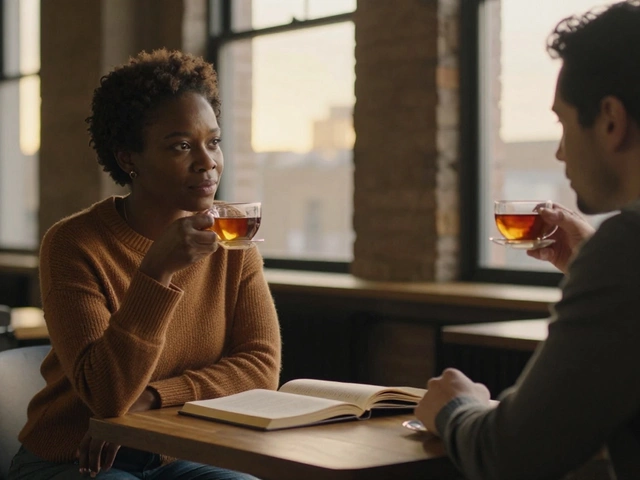Understanding the Sports logo
When you think about a logo, a visual symbol that represents a team, club, or brand. Also known as an emblem, it serves as the face of a sports organisation and appears on everything from jerseys to billboards. A well‑designed logo encompasses identity, history, and aspirations in a single graphic.
Why branding matters for every logo
Branding brand identity, the full set of visual and emotional cues a club uses to connect with fans is the engine behind a logo’s impact. A strong brand identity requires consistent colours, typography, and tone, which then feed into the logo’s design language. In practice, when São Paulo FC launched a limited‑edition third kit, the gold stars and cherry‑blossom motifs weren’t random – they amplified the club’s heritage while tying into the broader branding narrative. This shows the direct link: branding influences logo and makes the symbol instantly recognizable, whether on a stadium screen or a social media thumbnail.
Another key piece of the puzzle is the club crest, the traditional shield‑shaped emblem that often sits at the heart of a logo. The crest acts as a child entity of the logo, providing a historic anchor that fans can rally around. Modern kits might blend the crest with new graphics, but the crest’s core elements—like a city skyline or founding year—stay constant, ensuring continuity across generations.
When sponsors enter the picture, the logo faces an extra design challenge: integrating commercial logos without diluting the club’s own symbol. Sponsor logos branding partners, companies that pay to have their mark displayed alongside a team’s identity often appear on the front of jerseys. The partnership requires careful placement and colour harmony so the primary logo remains dominant. This relationship illustrates another semantic triple: logo requires sponsor integration, sponsorship influences visual hierarchy. Successful examples, like the New Balance partnership with São Paulo FC, show how a seamless blend can boost both club and sponsor visibility.
Fans don’t just see logos on the field; they wear them on caps, t‑shirts, and scarves. This brings us to merchandise branding, the application of a logo to products sold to supporters. Merchandise acts as a mobile billboard, spreading the logo far beyond the stadium. When a logo translates well onto merchandise, it creates a feedback loop: fans feel pride, buy more gear, and the club’s visual identity gains even more exposure. This loop connects logo, fan culture, and revenue streams, underscoring why a clear, adaptable design is essential.
All these pieces—branding, club crest, sponsor logos, and merchandise—form a web of relationships that shape how a sports logo lives in the real world. Below you’ll find a curated mix of stories, analyses, and updates that illustrate each of these angles in action. From kit unveilings that celebrate historic wins to behind‑the‑scenes looks at how clubs protect their visual identity, the collection gives you a front‑row seat to the ever‑evolving world of sports logos.
Does Georgia pay Green Bay for logo?
Georgia does not pay Green Bay for their logo. Green Bay is a small city in the state of Wisconsin, and the logo was created by a local artist, as a tribute to the local team. The logo features a silhouette of a football player and the words “Green Bay” in the center of the design. Georgia has adopted the logo as its own, using it on the state flag, license plates, and other official documents. However, the state does not pay any royalties to the city of Green Bay for the use of their logo.





